Ancient news stories
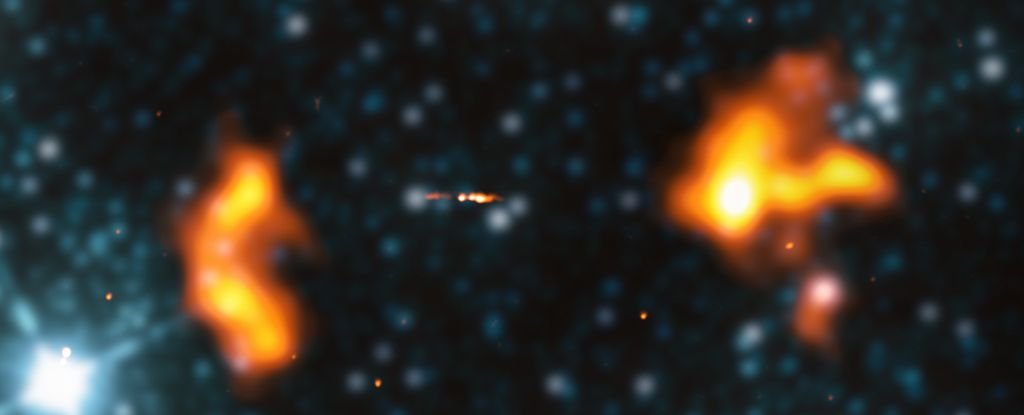
Astronomers have just found an absolute monster of a galaxy. Lurking some 3 billion light-years away, Alcyoneus is a giant radio galaxy reaching 5 megaparsecs into space. That’s 16.3 million light-years long, and constitutes the largest known structure of galactic origin.
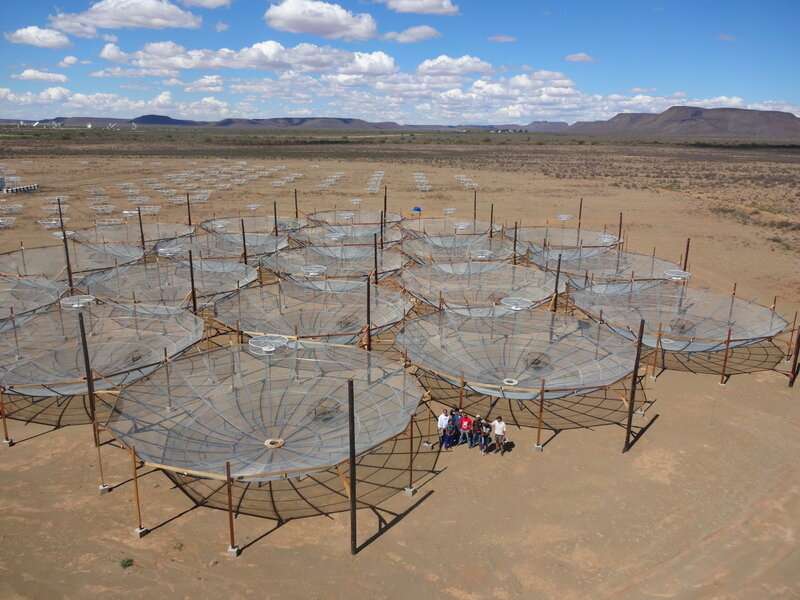
All through history, humans have created and shared stories that ponder the creation of stars—what they are and how the first stars came to be.
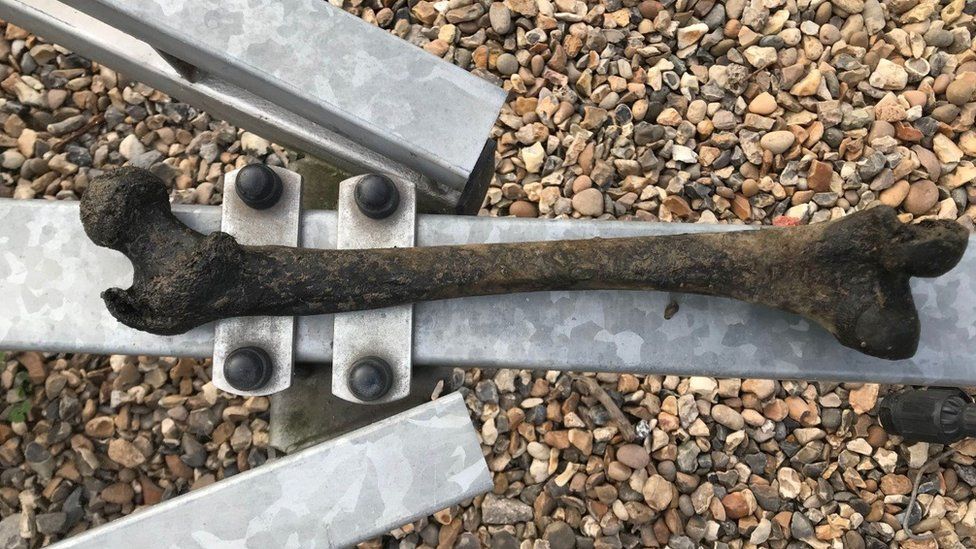
Lying on the pebbles and rocks of the riverbed at low tide was a human femur, or upper leg bone.

The 2,000-year-old fragments also included receipts, school texts, trade information and lists of names, according to researchers at Germany’s University of Tübingen, which carried out the excavation.
Image from Encyclopædia Britannica (Wiki Commons)
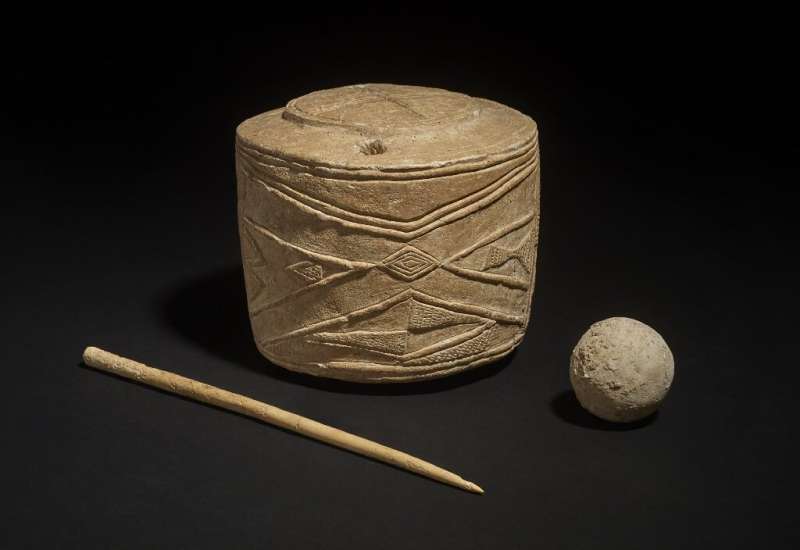
The 5,000-year-old drum carved from chalk is set to go on display for the first time in a major exhibition about the Neolithic site of Stonehenge and its historical context.
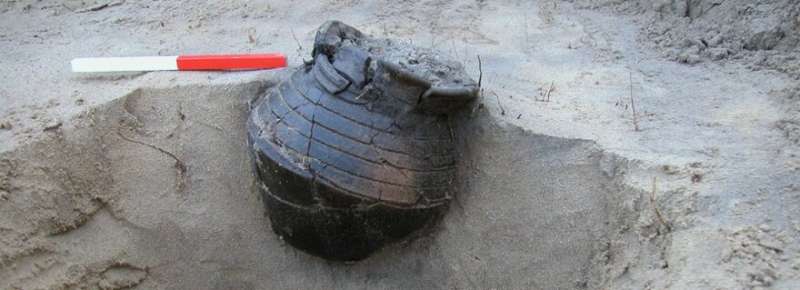
An incredible quantity of archaeological reports are stored in digital archives. If you want to search for information in them, you have to do this manually. And that is a real chore.
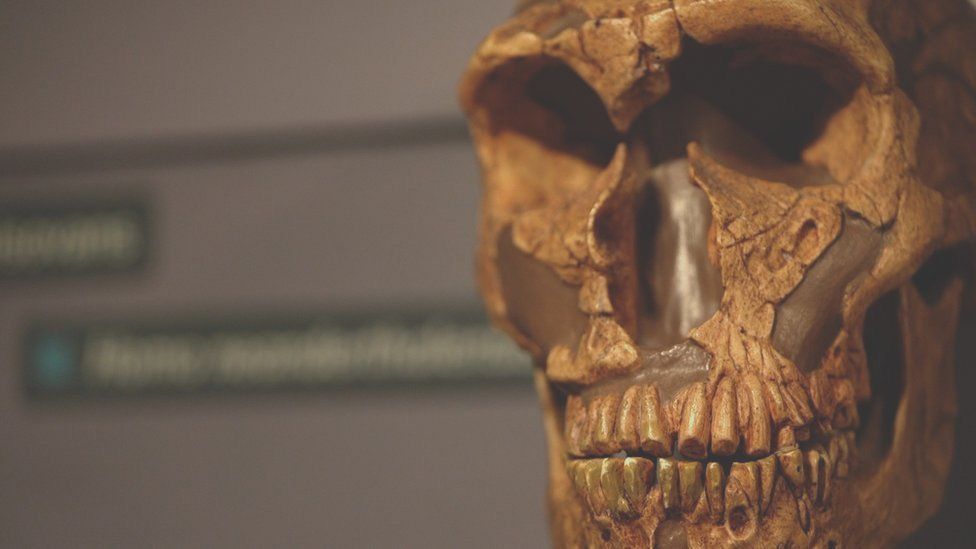
New fossils are challenging ideas that modern humans wiped out Neanderthals soon after arriving from Africa.

Experts think the violent blast incinerated Hopewell settlements in what is now Ohio.
Image from:File:Map of Muskingum County Ohio With Municipal and Township Labels.PNG (Wiki Commons)

Once, there were giants. Mountain ranges that rivaled the Himalayas in height used to stretch thousands upon thousands of kilometers across the seams of merging supercontinents, billions of years in the past.

An ancient temple dating from the early centuries of Buddhism has been unearthed in the Swat Valley in northern Pakistan — part of the ancient Gandhara region that was conquered by Alexander the Great and gave rise to a mixing of Buddhist belief and Greek art.
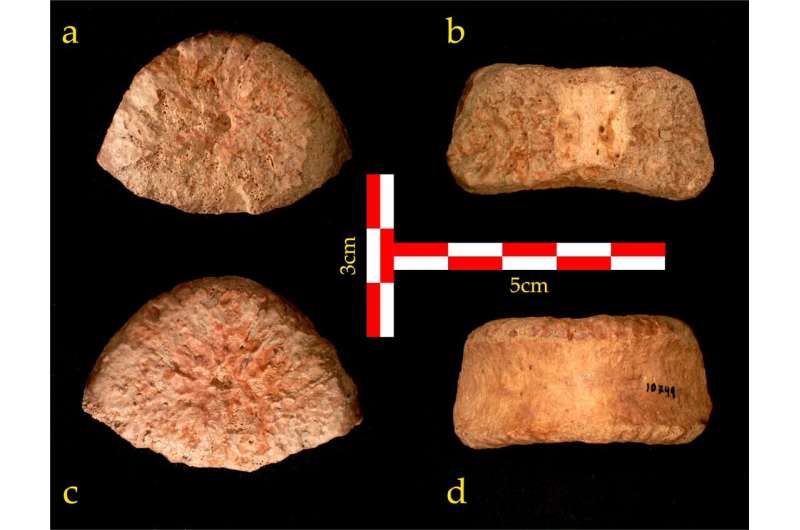
A new study led by researchers from Bar-Ilan University, Ono Academic College, The University of Tulsa and the Israel Antiquities Authority presents a 1.5 million-year-old human vertebra discovered in Israel’s Jordan Valley.

The venerable elders of a forest are hugely important to the diversity, fitness, and survival of the woodland as a whole, new research shows – and they bring with them a hardiness and experience in dealing with change, as well as a lifetime of ecological interactions preserved in their immediate surrounds..
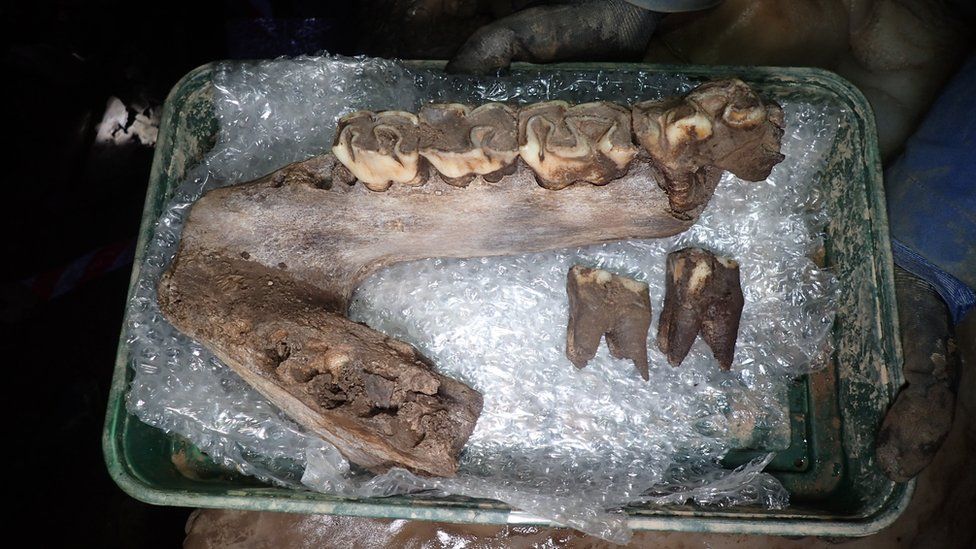
The remains of a woolly mammoth have been found among a host of hugely significant Ice Age animal remains in a cave in Devon, experts have said.

An extremely powerful solar storm pummeled our planet 9,200 years ago, leaving permanent scars on the ice buried deep below Greenland and Antarctica.

If you see the majestic stones on Salisbury Plain as an emblem of England, think again. A major new British Museum exhibition connects them to many points and cultures across Europe through 1,500 years of immigration
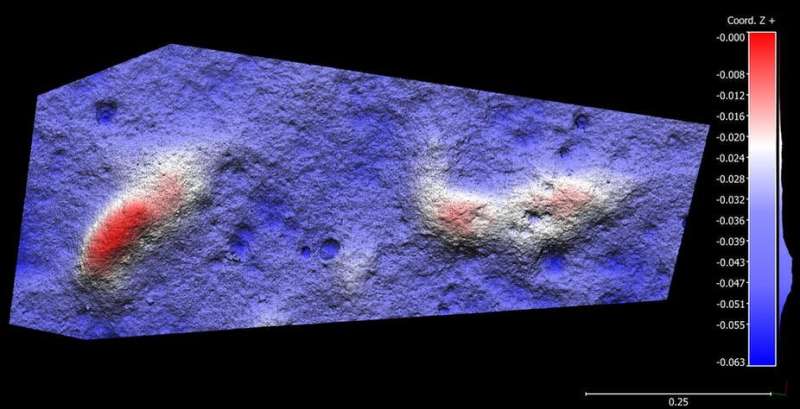
It’s been 27 years since geologist David Roberts identified some of the oldest footprints of our species ever discovered.








